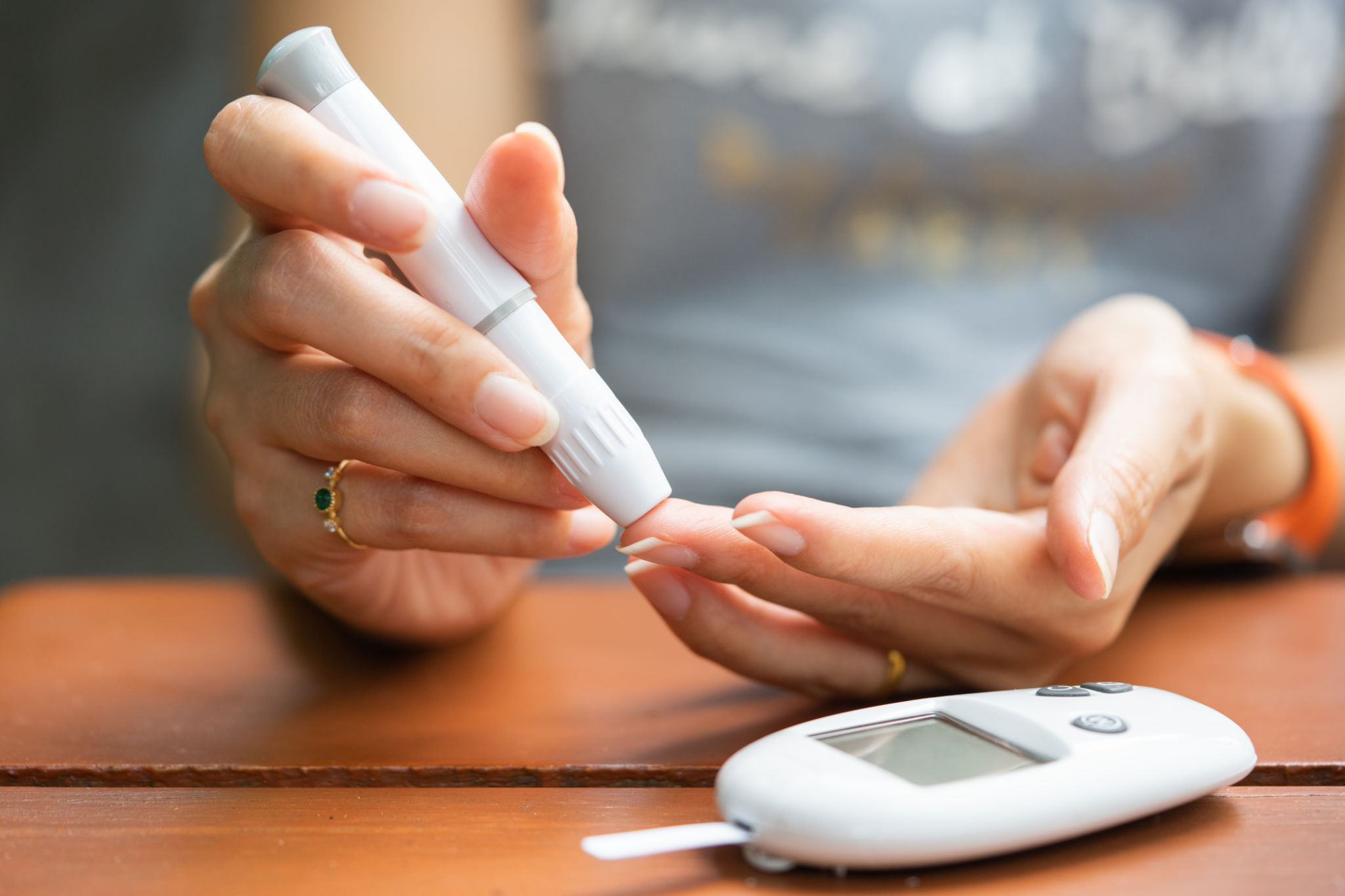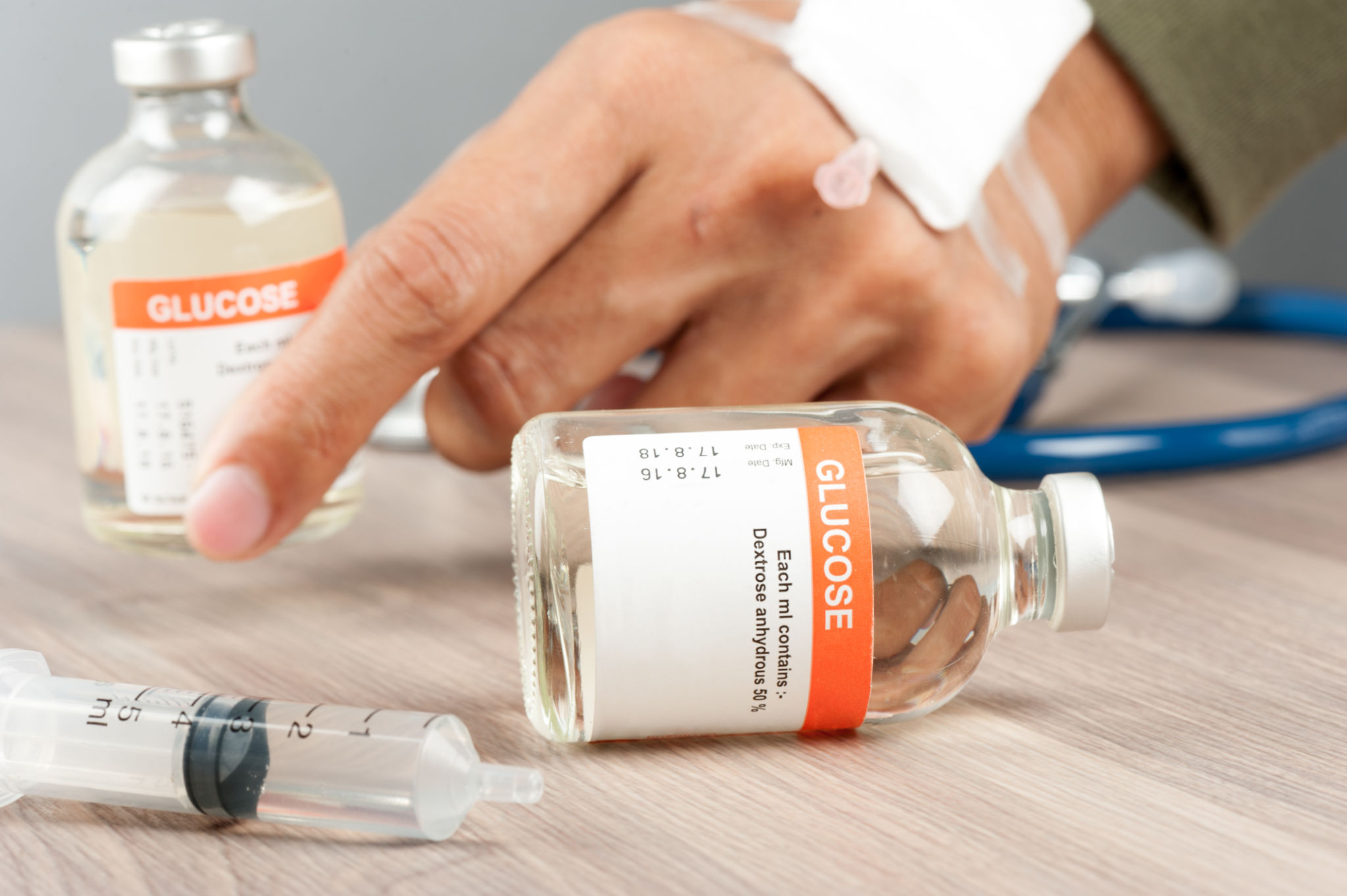Innovations in Glucose Monitoring: What’s New and What’s Next
Revolutionizing Diabetes Management with Advanced Glucose Monitoring
In recent years, the landscape of diabetes management has undergone a remarkable transformation, primarily due to the innovations in glucose monitoring. These advancements are not just making life easier for individuals with diabetes but are also paving the way for more efficient and accurate management of this chronic condition. From continuous glucose monitors (CGMs) to non-invasive techniques, the future of glucose monitoring looks promising.

Continuous Glucose Monitoring: A Game Changer
Continuous glucose monitoring has emerged as a groundbreaking technology in diabetes care. Unlike traditional finger-prick tests, CGMs provide real-time glucose readings throughout the day and night. This constant stream of data allows users to make informed decisions about their diet, exercise, and medication. Moreover, many CGMs come equipped with alarms that alert users when their glucose levels are too high or too low, adding an extra layer of safety.
The integration of CGMs with smartphones and smartwatches has further enhanced their convenience. Users can now access their glucose trends and patterns at their fingertips, leading to better disease management and improved quality of life. This seamless integration has made it easier than ever for individuals to stay on top of their health.

Non-Invasive Monitoring Techniques: The Future is Here
One of the most exciting developments in glucose monitoring is the advent of non-invasive techniques. Traditional methods require blood samples, which can be uncomfortable and inconvenient. However, new technologies are emerging that promise to measure glucose levels without breaking the skin.
For instance, researchers are exploring the use of spectroscopy and other optical methods to measure glucose levels through the skin or even saliva. These non-invasive methods could revolutionize diabetes care by removing the need for needles entirely, making glucose monitoring painless and more accessible to everyone.

The Rise of Smart Insulin Pens
Beyond monitoring, innovations in insulin delivery systems are also making waves. Smart insulin pens are a prime example. These devices not only administer insulin but also record the dose and timing, ensuring accurate tracking and management. Some smart pens can sync with smartphone apps, offering reminders and insights that help users optimize their insulin therapy.
Such advancements are particularly beneficial for those who manage their diabetes with multiple daily injections. With data-driven insights, users can adjust their doses more precisely, reducing the risk of both hyperglycemia and hypoglycemia.
Artificial Intelligence and Machine Learning: Transforming Data into Insights
Artificial intelligence (AI) and machine learning are playing an increasingly crucial role in transforming raw glucose data into actionable insights. By analyzing patterns and predicting trends, AI can help users manage their condition more proactively. Predictive analytics can alert users to potential issues before they occur, empowering them to make necessary adjustments in advance.
This technology is not just limited to individual use; healthcare providers can utilize AI-driven insights to tailor treatment plans more effectively, enhancing patient outcomes on a larger scale.

The Road Ahead: What's Next in Glucose Monitoring?
As we look to the future, the possibilities for further innovation in glucose monitoring seem limitless. Researchers continue to explore wearable technology that integrates seamlessly into everyday life, such as glucose-sensing contact lenses or patches that require minimal maintenance.
Moreover, advancements in biotechnology may soon enable personalized medicine approaches, allowing treatments to be customized based on an individual's unique genetic makeup and lifestyle. This level of personalization could revolutionize diabetes care by offering more effective and tailored solutions.
In conclusion, the field of glucose monitoring is rapidly evolving, offering new tools and technologies that promise to improve the lives of millions living with diabetes. As these innovations continue to develop, individuals can look forward to a future where managing diabetes is simpler, more accurate, and less intrusive than ever before.